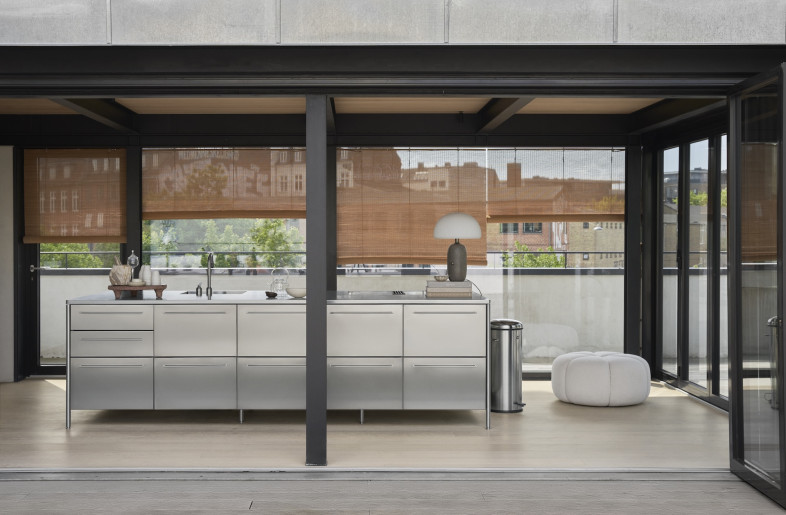Strategic design can help executives assess and carry out the appropriate steps for their organization to ensure a more purposeful and meaningful built environment, one that responds to the new expectations of users, customers and collaborators. Elvira Muñoz Beraza, director of the Diploma of Strategic Interior Design at IE School of Architecture and Design, sheds light on its value in this op-ed.
As we mark the third year post-COVID, it's worth noting that we have yet to come up with a perfect formula for returning to the workspace and have not fully overcome the impact of the radical changes brought about by the pandemic. Many spaces are still being underused and most users feel disappointed when returning to the workspace, whether that be an office, hotel, hospital, school or other location.
Leaders of all types of organizations must now consider if they’ve analysed and fully understood our new habits, behaviours and lifecycle patterns. This is not an easy process. New residential developments, transportation hubs, leisure and hospitality projects, healthcare centres and office refurbishments are among the initiatives that have been frozen, and their slow reactivation is occurring amidst an atmosphere of uncertainty. There’s a difficult mix of cynicism, reluctance and even fear over implementing the wrong solutions.
According to the report Emerging trends in Real Estate 2022-23: in the eye of the storm by ULI and PwC, ‘Globalisation was a tremendous wealth creator in the world, and it is going into a pause or a slight reverse. The implication for real estate is that it's no longer the rising tide that sails all boats. It's going to be about where you can differentiate through being smart rather than just through scale.’
Designing for uncertainty
Clients in every sector are trying to decide which type of projects they should be developing. But before defining the ‘what’, they should dedicate time to defining the ‘why’. A strong purpose can reply to new habits and expectations, addressing how a space will contribute to the improvement of the community and how it may be reconfigured in the future to stay relevant and useful. Every process should reanalyse, rethink, reprogramme and redesign the approach to the built social infrastructure and commercial projects.
Strategic interior designers can support organizations by providing the framework and the structure to pose the right questions that will help articulate the ‘need’ the inside out, from a human-centric perspective. The way we frame our questions shapes the way we see solutions. If we prescribe solutions before we understand our problems, the solution will be limited.

A new look at the world requires a high dose of awareness and willingness to improve daily operations, from our contribution to domestic recycling to the new design of buildings that are more friendly to the environment and have a clearer social impact. Sustainability and digitization are the two great engines for the reactivation of the world economy and the focus of a significant part of global investment in real estate and infrastructure. We need to commit to updating old infrastructures with cutting-edge technology, industrialized construction, the use of new sustainable materials and investment in resilient social systems that have a clear purpose for the future of our communities.
Putting people first
As Carlos Naya, director of the school of architecture at the University of Navarra, says: ‘In accordance with the spirit of the New European Bauhaus, our great challenge is not only to build innovative infrastructures, but also to update the old ones with cutting-edge technologies,’ ‘If one opens economics books, one will read those infrastructures are assets that consume a lot of investment and must last, sometimes, 50 or 100 years.’

The pandemic has accelerated change and created uncertainty in all sectors. Strategic design is the only way forward, enabling organizations to redefine their purpose, empathize with users and co-create purposeful built environments that respond to new habits and behaviours. ‘Strategic interior design is about a rigorous thought process and problem-solving method that is based on a deep understanding of human behaviour, systemic and organizational structures, project goals, health and wellness, environmental sustainability and social responsibility,’ says Charrisse Johnston, DSID professor at the IE School of Architecture and Design.
Let us put human-centric design, purpose-driven projects and social impact at the core of our real estate agenda, to truly deliver a better world.
IE School of Architecture and Design’s Diploma in Strategic Interior Design will give you the tools you need to succeed in this field. Learn more here.










